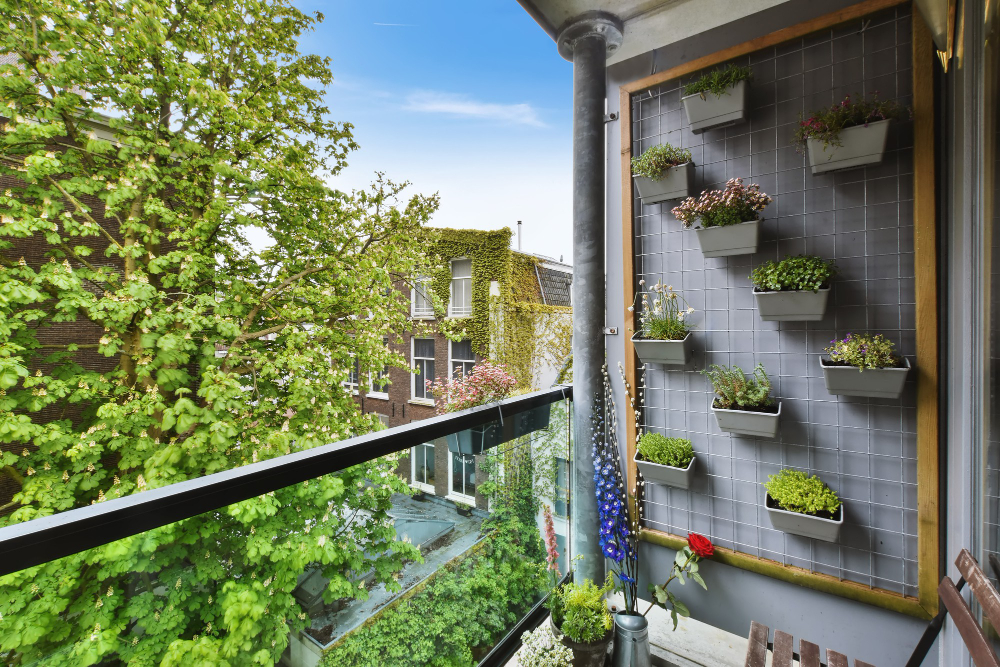

If you live in an apartment or a small house with limited outdoor space, you may feel like you don't have the option to grow a garden. However, there is a solution! A balcony garden can be the perfect way to bring some green into your living space. It doesn't require a lot of space or equipment, and it can be a rewarding and environmentally-friendly way to grow your own produce. In this post, we'll show you how you can start your own balcony garden.
The first thing you'll need to do when starting your balcony garden is to choose the right plants. Depending on the amount of sunlight your balcony receives, you may want to choose plants that thrive in partial or full shade. Some great options for partial shade include lettuces, herbs, and leafy greens. If your balcony gets plenty of sun, you may want to try growing tomatoes, peppers, or even strawberries. Be sure to choose plants that are appropriate for your climate and the size of your space.
Unlike traditional gardens, balcony gardens are container gardens. This means you will need to invest in some pots or planters in which to grow your plants. Look for containers that are large enough to accommodate the root system of your plants. Be sure to choose containers made of durable materials, like ceramic or metal, as plastic containers can degrade quickly in the sun. You may also want to invest in some saucers to catch excess water that drains from your pots.
Choosing the right soil is essential for the success of your balcony garden. Look for a high-quality potting mix that is appropriate for the types of plants you are growing. Avoid using soil from your yard, as it may contain weeds, pests, or diseases that could harm your plants. You may also want to add some organic fertilizer to your soil to give your plants a boost.
When planning your balcony garden, think carefully about the layout of your plants. Be sure to leave enough space between your containers so that your plants have room to grow. Consider using vertical space by hanging plants or installing shelving. You may also want to group plants together based on their watering and sunlight needs. Take some time to sketch out a plan for your garden before you start planting.
Once your balcony garden is set up, it's time to care for your plants. Be sure to water your plants regularly, as containers can dry out quickly in the sun. You may also need to fertilize your plants periodically to help them grow. Be sure to monitor your plants for signs of pests or disease, as they can spread quickly in a small space. You may also need to prune your plants to keep them from getting too big for their containers.
Starting your own balcony garden is a great way to bring some green into your living space. With the right plants, containers, soil, layout, and care, you can grow your own produce right outside your door. Not only is a balcony garden a rewarding way to grow your own food, but it's also an environmentally-friendly way to reduce your carbon footprint. So, if you're looking for a new hobby or a way to save money on groceries, give balcony gardening a try! If you're looking for apartments in Yulee, FL, contact The Lofts at Wildlight today to schedule a personal tour.